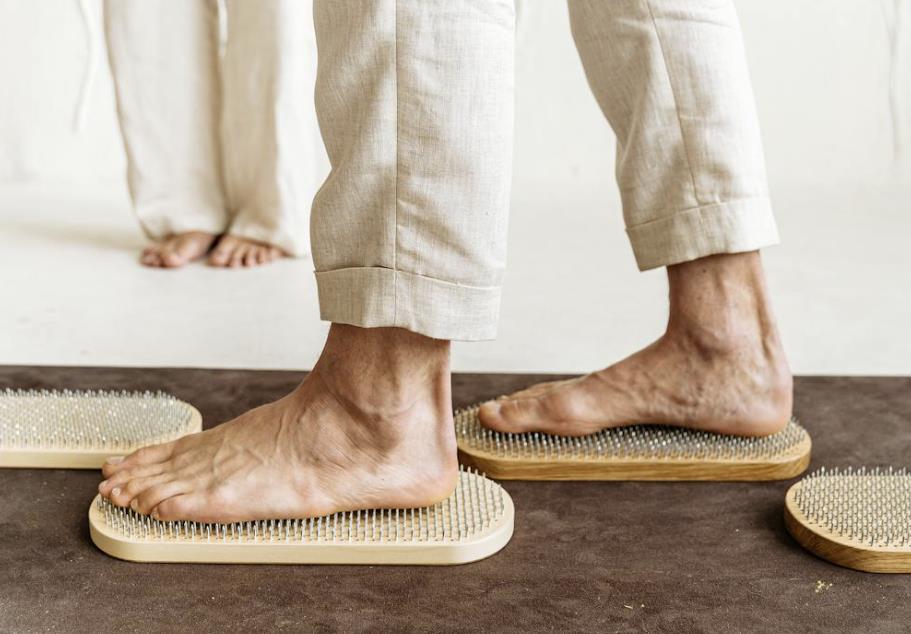Wound healing is a complex process. In this article, we will be talking about what happens when you have a wound. How do we administer first aid? How should we tend to a healing wound? And what should we do to help make it heal faster?
We will also cover a special topic if you get your wounds “down there”. Having wounds in your private parts may hurt. How do we take care of wounds on our private parts? What about the relief of Vaginal itching?

Ouch! I got a wound! What do I do?
Once you have had a cut or scrap, it is vital to attend to it immediately with first aid. First aid is performed so as to not keep bacteria at bay and speed up the healing process. If we do not perform first aid, your wound may be likely to be infected or get worse.
First Aid
Here are the following steps of first aid to follow once you have been wounded.
-
Control the Bleeding
Once we are wounded, our cuts or scrapes are likely to bleed. We have to control the bleeding. If the bleeding does not stop or goes unchecked, lose a lot of blood. This puts you at risk for complications from excessive blood loss as well.
To control the bleeding, use a clean towel to apply pressure to the affected area.
-
Sanitize Your Hands
As we previously mentioned, we do not want the wound exposed to any bacteria. Wash your hands thoroughly before tending to the wound. This will avoid any contamination.
-
Rinse and Dry the Wound
When we get wounded, it is possible to have some debris inside it such as dirt or soil. This debris may also be carriers of bacteria into the wound. Rinse your wound with warm water and soap to remove them. You can then pat your wound dry with a clean towel.
-
Cover the Wound
If there are still any skin flaps that are attached to your wound, re-place them on top of the wound with a cotton bud. You can then use a wound dressing to bandage your wound in place. It is advisable to use a gentle wound dressing that does not stick to the wound. This is done so that no further trauma or movement is induced.
-
Manage the Pain
If you are in pain because of your wound, you can take over-the-counter pain medication. You should also visit a general practitioner to ensure that your wound does not get any worse.
What if my wound is in my private parts?
This may be a bit tricky since if your private parts are wounded, it may be a sign of something more serious. You can get wounds from sexual activity, hair removal, or physical trauma such as itching. If you need relief from Vaginal itching or genital itching you may use anti-itch cream or vaginal itch cream to relieve these symptoms before you tend to your wound. You may then follow the first-aid steps mentioned above to tend to it.
Wounds in private parts are also harder to heal since they are usually moist and covered by clothing. Make sure to use loose cotton underwear to help your wound breathe.
Speeding Up the Healing
After you have followed the steps above for first aid, here are some tips you can follow in order to speed up your wound healing process.
-
Avoid Further Trauma
You will probably have to redress your wounds. Each time you do so when you are not careful you may rip the scab off. Scabs are your body’s special way of protecting your wound from outside forces.
When your scab rips off from your wound, it undoes the healing that your body has done so far. You can also create a new wound or get a scar by doing this. When redressing your wound avoid damaging the scab or picking at your scab.
-
Make Sure You Get Enough Rest
Making sure that you get enough sleep is essential for healing wounds quickly. Scientists found that sleep-deprived people had their wounds heal slower compared to people who had normal sleep levels. This is because wounds heal when new tissue is formed and sleep aids cell repair naturally and effectively.
New tissue is formed during our 3rd and 4th stages of sleep. You will need good quality, uninterrupted sleep in order for your body to make new tissue. Ensuring that you get this kind of rest will help your wound heal faster.
-
Eat a Healthy Diet
We need to keep a healthy diet daily, especially more so when our bodies are healing. When we have a wound and we need new tissues to form, our body would require nutrition for cells to have the energy for the healing process.
Eating healthy food will help boost your body’s immune response and healing process. Certain vitamins such as Vitamin C, A, and Zinc are also helpful in the wound healing process. Vitamin C is important because the body needs it to make collagen. Collagen is a natural body protein that is involved in all the stages of wound healing.
-
Get Your Exercise






